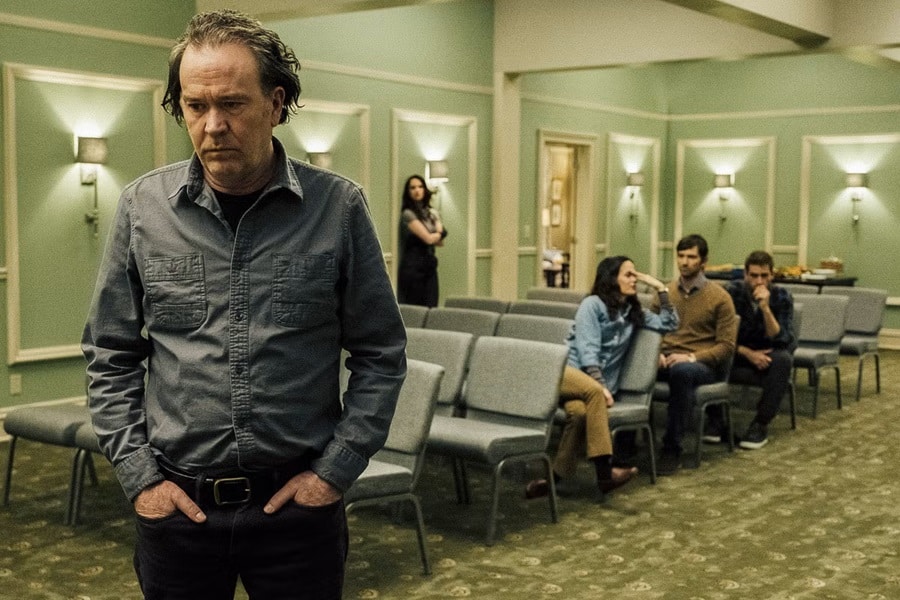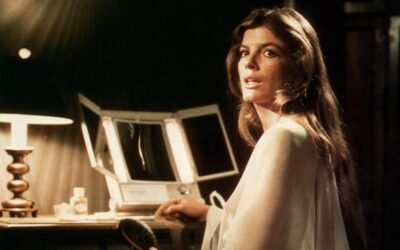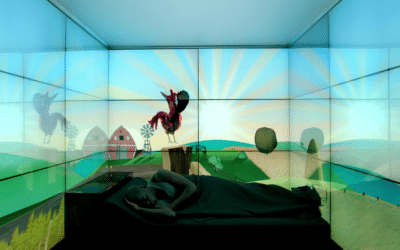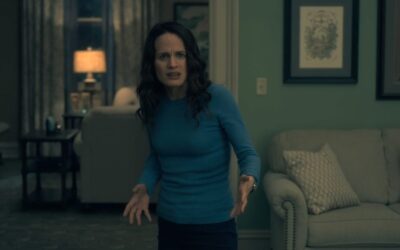
Horror Through the Ages
Horror fiction, a genre that delves into the darkest corners of human imagination, has evolved through the centuries, morphing with the fears and anxieties of its time. It began with the whisperings of Gothic tales, where the macabre and the supernatural wove intricate patterns of dread and wonder.
In the late 18th century, Horace Walpole’s “The Castle of Otranto” set the stage for Gothic literature, creating a template of haunted castles and cursed lineages. This era birthed giants like Mary Shelley, whose “Frankenstein” stitched together the terror of scientific hubris and existential dread, a narrative that still resonates in the echoing halls of horror.
As the 19th century unfolded, Edgar Allan Poe’s tales of madness and death painted horror in shades of psychological torment. His works, like “The Tell-Tale Heart,” peeled back the layers of the human psyche, revealing the darkness within. This period marked the golden age of horror, where Bram Stoker’s “Dracula” emerged from the shadows, immortalizing the vampire as a symbol of otherworldly fear and forbidden desire.
The 20th century brought a new dimension to horror, shifting from external monsters to the horrors of the mind. H.P. Lovecraft’s cosmic horror introduced readers to the insignificance of humanity in a vast, indifferent universe. His mythos, filled with ancient gods and creeping dread, laid the foundation for a new breed of horror, one that thrived on existential unease.
Psychological horror found its champions in writers like Shirley Jackson, whose “The Haunting of Hill House” turned a simple haunted house into a labyrinth of human fear and emotional decay. The terror was no longer just in the ghosts but in the minds of the characters, and by extension, the readers.
Stephen King redefined horror for modern audiences, his works spanning the supernatural, the psychological, and the grotesque. “The Shining” stands as a monument to this era, where the Overlook Hotel becomes a living, breathing entity, feeding on the fragility of the human mind. King’s influence permeated not just literature but the very fabric of horror culture.
In recent decades, horror has continued to evolve, with authors like Clive Barker and his “Books of Blood” exploring the intersection of horror and fantasy, creating worlds where the bizarre and the terrifying coexist in a delicate dance. Meanwhile, the works of contemporary writers like Paul Tremblay and his “The Cabin at the End of the World” push the boundaries of the genre, blending psychological tension with visceral fear.
Horror’s journey from page to screen has been a metamorphosis in itself. Alfred Hitchcock’s “Psycho” brought psychological horror to the mainstream, its influence rippling through the genre’s cinematic evolution. The visceral terror of Ridley Scott’s “Alien” and the existential dread of Stanley Kubrick’s adaptation of “The Shining” showcased horror’s versatility and its power to transcend mediums.
Television has also become a fertile ground for horror, with series like “American Horror Story” and “Stranger Things” capturing the imaginations of new generations. These shows pay homage to the genre’s roots while exploring contemporary themes, proving that horror is ever-adaptable, ever-relevant.
Horror fiction, through its many transformations, remains a mirror to the darkest facets of human experience. Each era brings its fears to the forefront, from the shadows of Gothic castles to the uncharted realms of the human mind. The journey through time and terror is far from over, as new voices and new nightmares continue to shape the landscape of horror, leading us into the unknown, where fear reigns eternal.
More Horror Features
1970s Horror
The 1970s may be gone, but the fear they inspired remains
Technology in Horror
When gadgets become nightmares
Female Characters in Horror
From Victims to Heroes



